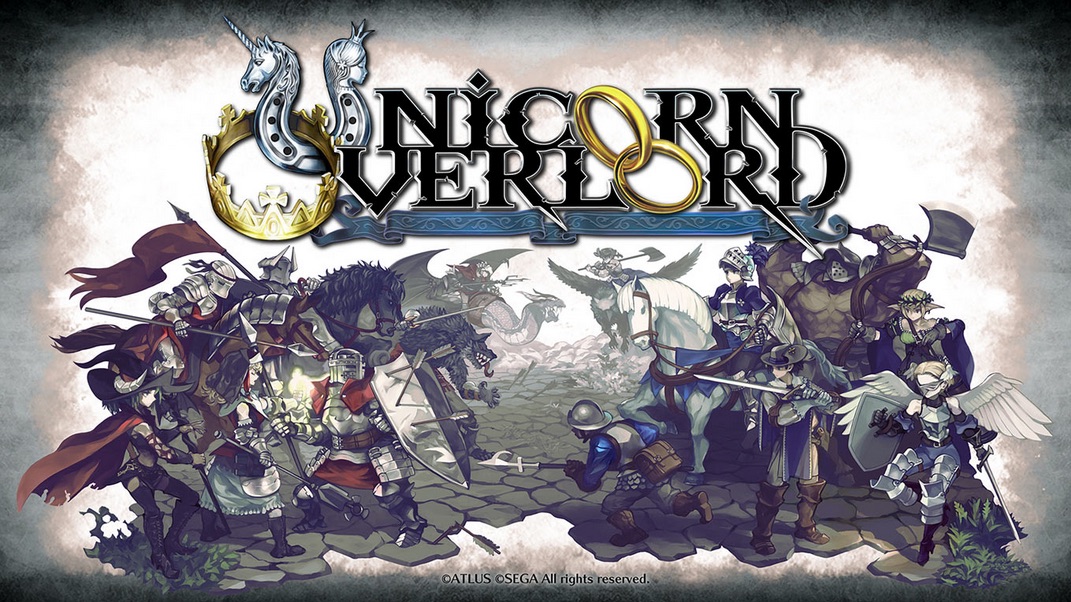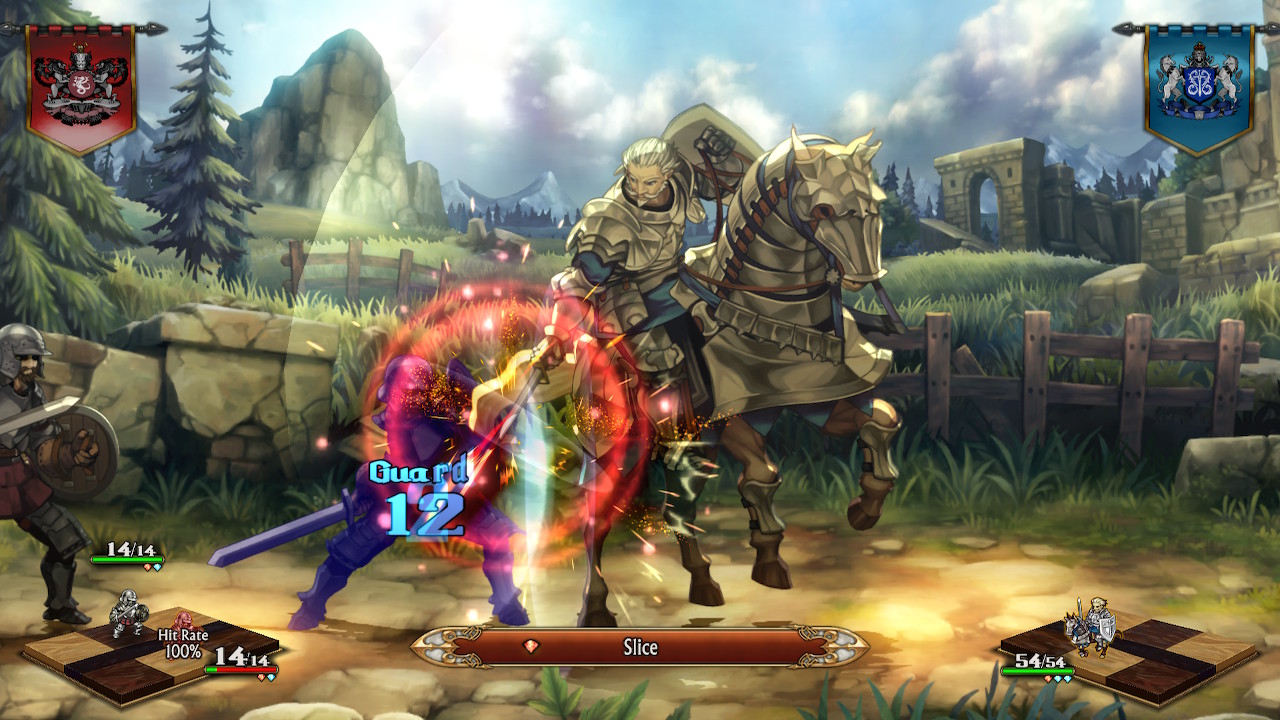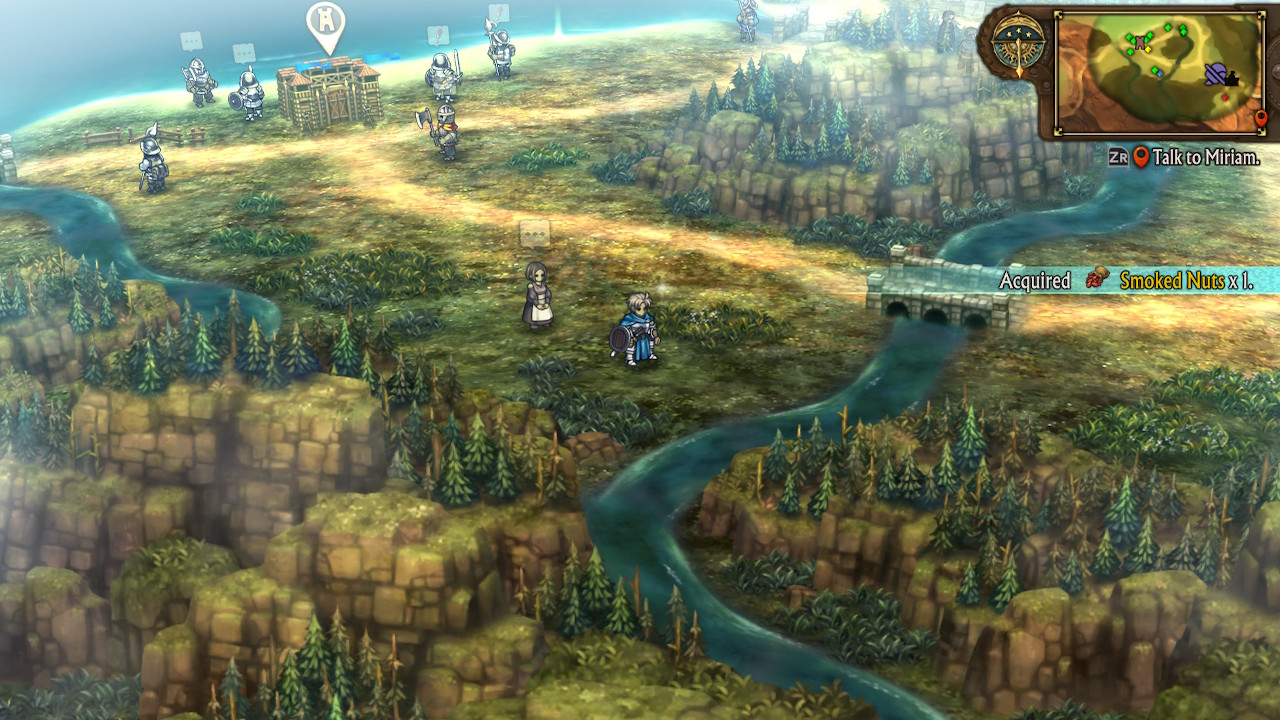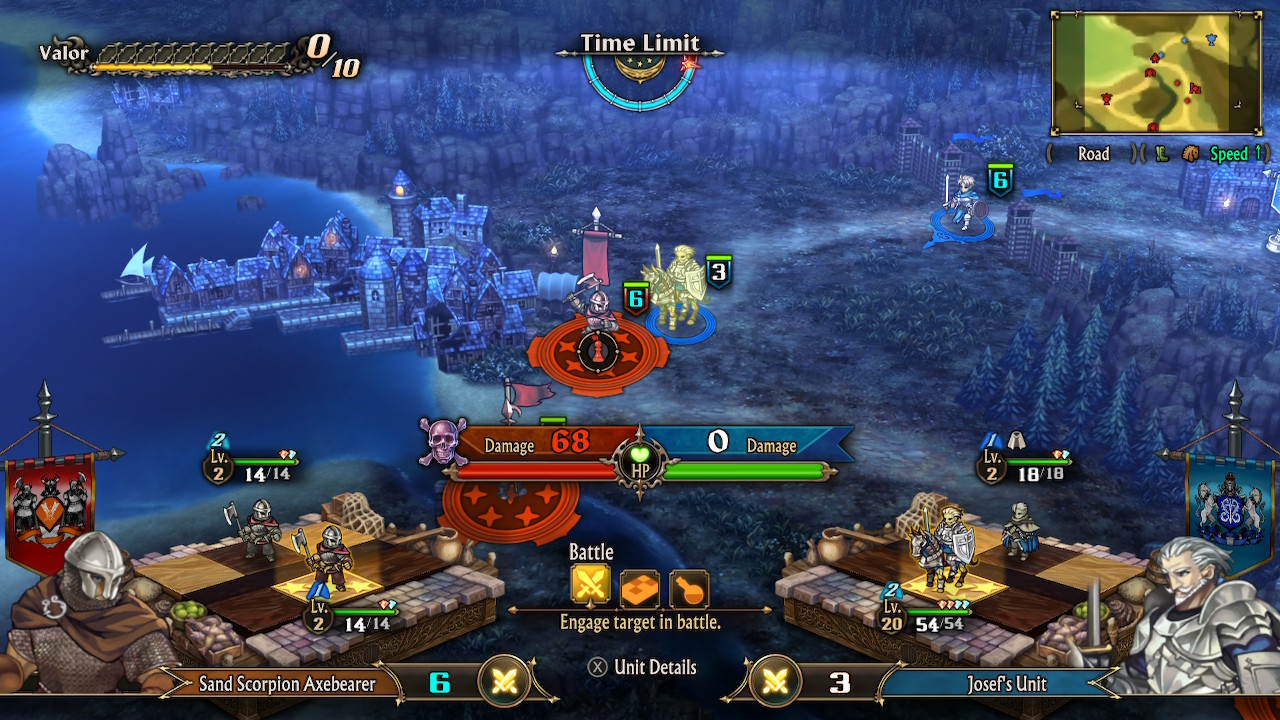
Whenever Vanillaware releases a new game, you can always count on it to have unique gameplay that toys with genre conventions alongside beautifully lush and painterly art with hypnotic animation. In their past titles, they have explored side-scrolling action RPGs with Princess Crown and Odin Sphere, and a metroidvania with Muramasa.
For their next game, Vanillaware would re-explore the RTS genre, which they explored with GrimGrimoire, and further flesh out the strategic groundwork established in 13 Sentinels, one of their most technically accomplished artistic achievements. However, topping that achievement won’t be easy for Unicorn Overlord.

I was allotted five hours for this preview to see what Unicorn Overlord offers. The story wastes no time setting up major figures and laying the groundwork for an epic saga of wars between factions. A loving Queen who sends her son to safety while she stays behind to fight an imposing invader is all the viewer needs to know to understand the hero’s motivation.
The presentation is pure Vanillaware style, through and through. Huge and highly animated character sprites that are lovingly painted and accentuated with exaggerated features fill the screen and have a commanding presence. Just one look at any character and you instantly know what they’re all about.
The story is set up to be fairly straightforward but anything could happen as it unfolds, if Vanillaware’s past games are anything to go by. Alain is a standard JRPG heroic knight, heir to a beleaguered kingdom, and with the help of his retainers, he aspires to reclaim the land and rule justly.

During the preview, Alain encounters various characters who join after being defeated. One notable thing was how there appeared to be no generic units for Alain’s party. Every character seemed unique and had their distinct art and role in battle.
The voice acting is also shockingly very good. Past games in Vanillaware’s oeuvre have always been consistently well-acted, but Unicorn Overlord‘s cast is fittingly theatrical. There are a lot of characters so it will be interesting to see how consistent the performances will be in the final game.
The big question for returning Vanillaware fans and or strategy RPG fans is how does Unicorn Overlord play?
Anyone who has played the strategy RPGs from Quest will notice many similarities between this and Ogre Battle 64. This is an RTS RPG: it combines the big sweeping battles with players acting as commanders and moments where they are directly controlling Alain around on a sprawling field map.

The connection to Ogre Battle 64 lies primarily in the battle system, where players focus on party organization and directing units on the map in real-time. The actual combat between characters and enemies is automated, with fixed results and skippable animations.
This approach may not appeal to tactical RPG enthusiasts accustomed to directly commanding every character action during encounters. However, the core gameplay of Unicorn Overlord lies in strategy, not individual battles. Planning, preparation, and improvisation are key to success. Knowing where to send teams and who should fight is everything.
Losing an encounter causes the loser to suffer some knockback and a short period where they can’t make any actions or move. A single powerful party can’t win a battle alone, they need to also rest. The terrain is a factor too and valor actions can be what turns the tide of war. There are always so many things to consider when conducting battle.

The strategic gameplay is fast paced and everything feels snappy. Menus are intelligently laid out and there is never any question over what icons represent. The wealth of possibilities for party customization seems endless too. Every unit is made of a grid that can hold only two characters at first and character placement is a factor as well. Menus and actions are streamlined just enough so that depth is retained.
Players select actions before the battle occurs, and these actions take effect during the battle. Each character earns abilities, and everyone can be assigned gambits for actions to perform in battle, similar to Final Fantasy XII. Once players understand the systems, the gameplay becomes intuitive and seamless.
After winning a battle and occupying a region, players can freely explore the land like in a traditional RPG, complete with NPCs and sidequests. This is where Unicorn Overlord truly sets itself apart from previous strategy RPGs, exemplifying ambition with its world map becoming an ever-expanding dominion for the player and functioning as a distinct secondary gameplay element.

Unicorn Overlord was just beginning to open up after five hours. The rate at which it introduced new ideas and gameplay elements was exciting and the battles proved to be tense tug-of-wars of wins and losses. The demo makes it seem like the final game will be massive. There are multiple continents to explore and the demo alone, which was only the first few hours, featured over 25 characters to recruit.
Unicorn Overlord is going to be Vanillaware’s magnum opus. Compounded with Basicsape’s impeccable music and Vanillaware’s panache for gorgeous art and animation, Unicorn Overlord has a good shot at being the ultimate squad-programming auto-battler, strategy RPG of all time.